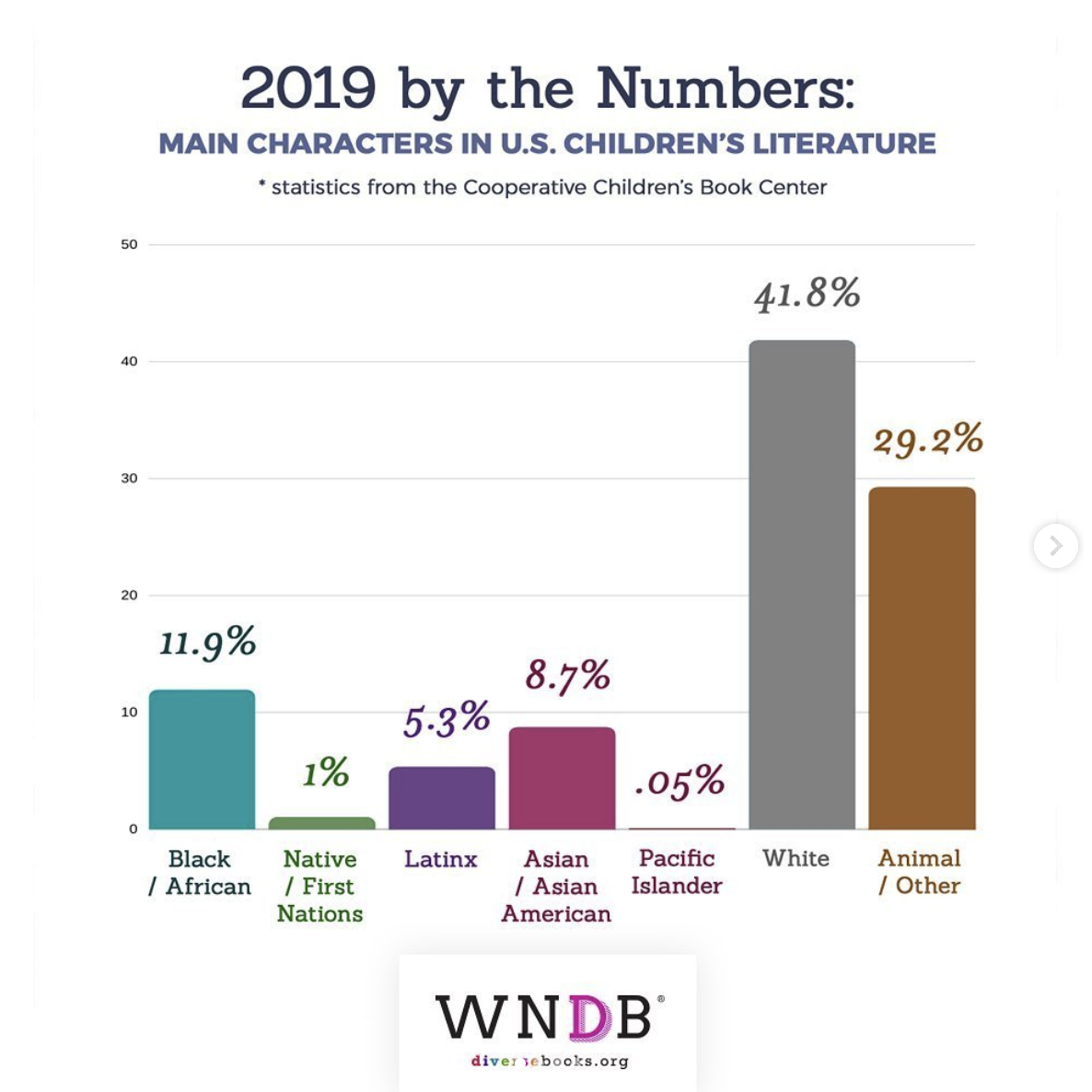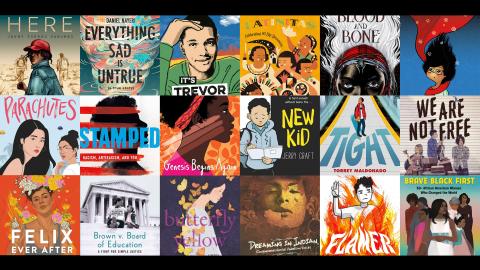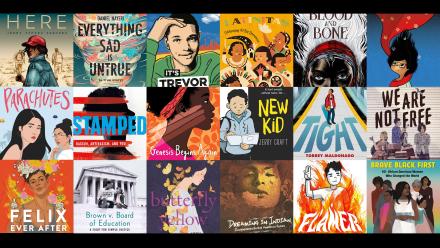Do we still need to ask why we need diverse books? Author Tananarive Due writes, “Diversity’ should just be called ‘reality.’ Your books, your TV shows, your movies, your articles, your curricula, need to reflect reality.” We are a diverse society that only recently started questioning and expanding the literary canon used in schools. Why? Although diverse stories, characters, and storytellers are more prevalent in the publishing world. In 2019 The Cooperative Children’s Book Center released the results of their 2019 survey on diversity in children’s and young adult literature. Clearly, we have a long way to go before our diverse society’s “reality” is fully represented in middle grade and young adult literature.

Windows, Sliding Glass Doors, and Mirrors
The call for more diverse books is not new. In 1990, literacy advocate Rudine Sims Bishop wrote that, “Books are sometimes windows, offering views of worlds that may be real or imagined, familiar or strange. These windows are also sliding glass doors, and readers have only to walk through in imagination to become part of whatever world has been created or recreated by the author. When lighting conditions are just right, however, a window can also be a mirror. Literature transforms human experience and reflects it back to us, and in that reflection we can see our own lives and experiences as part of a larger human experience. Reading, then, becomes a means of self-affirmation, and readers often seek their mirrors in books.” Do the books in your classroom and school mirror the diverse population in your school, communities, and the wider world?
Evolving the Canon
Publishing diverse stories and getting them into classrooms and schools is only part of the diverse book movement. Many teachers have access to more diverse books but receive limited if any professional learning on how to support student discussions around stereotypes, varying cultural perspectives, questions of identity, and tough topics. It’s not surprising then that the instructional default often becomes the literary canon, which is comprised of very few diverse authors, stories or characters. Even as the diversity in our schools has rapidly changed in the past 50 years, the literary canon has not. As a nation we are still hooked on the classics that only tell part of our “common experience.” Imagine if we let the literary canon truly “mirror” who we are as a nation and the whole story of our shared experience.


